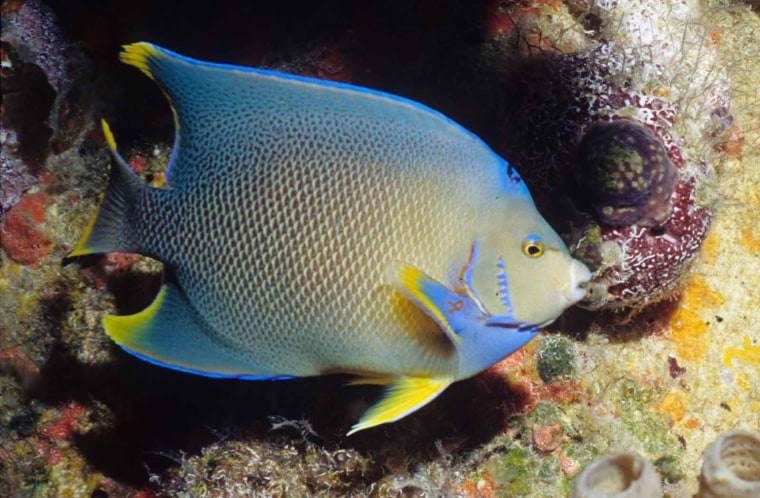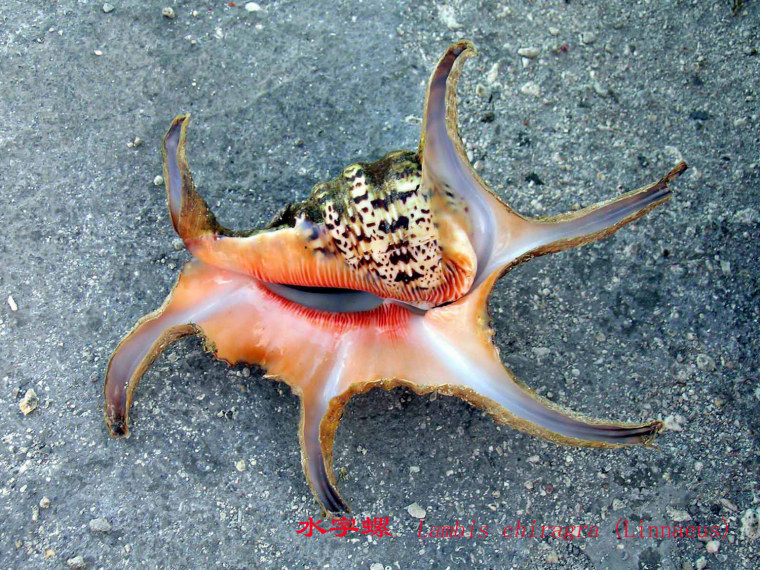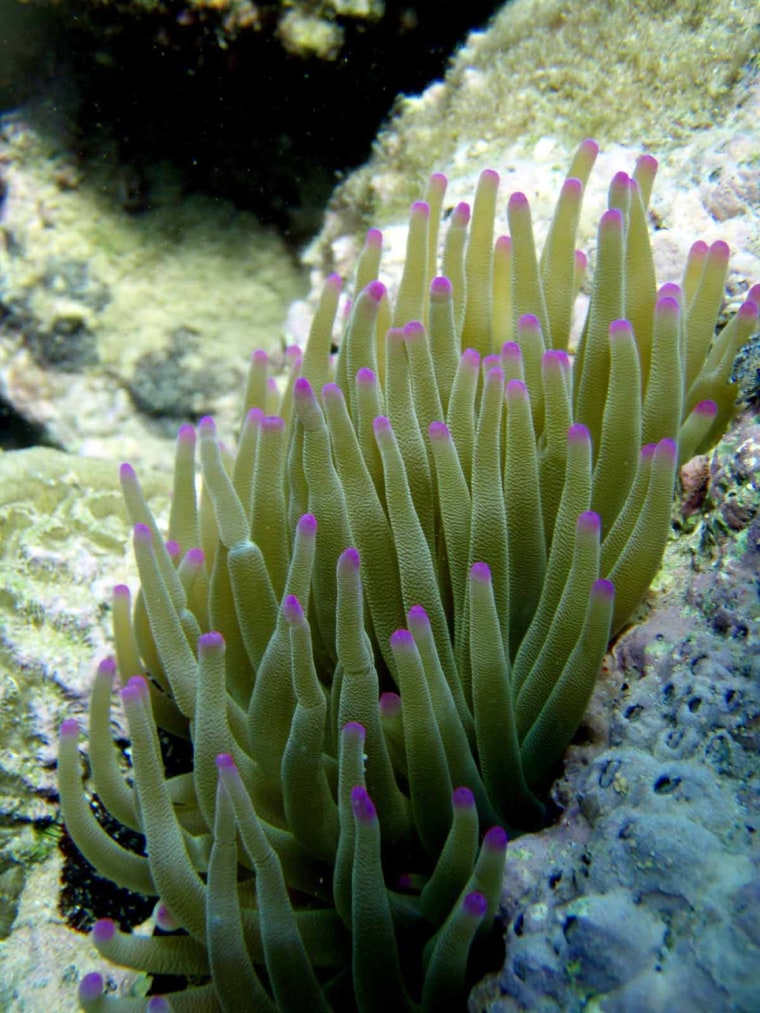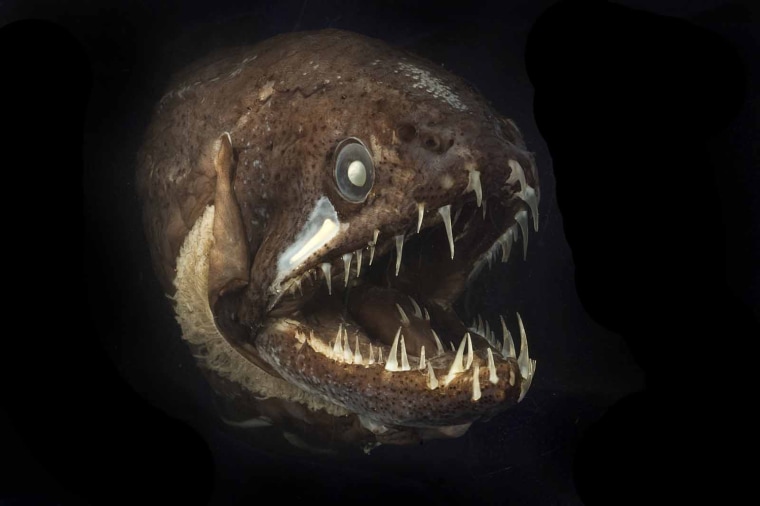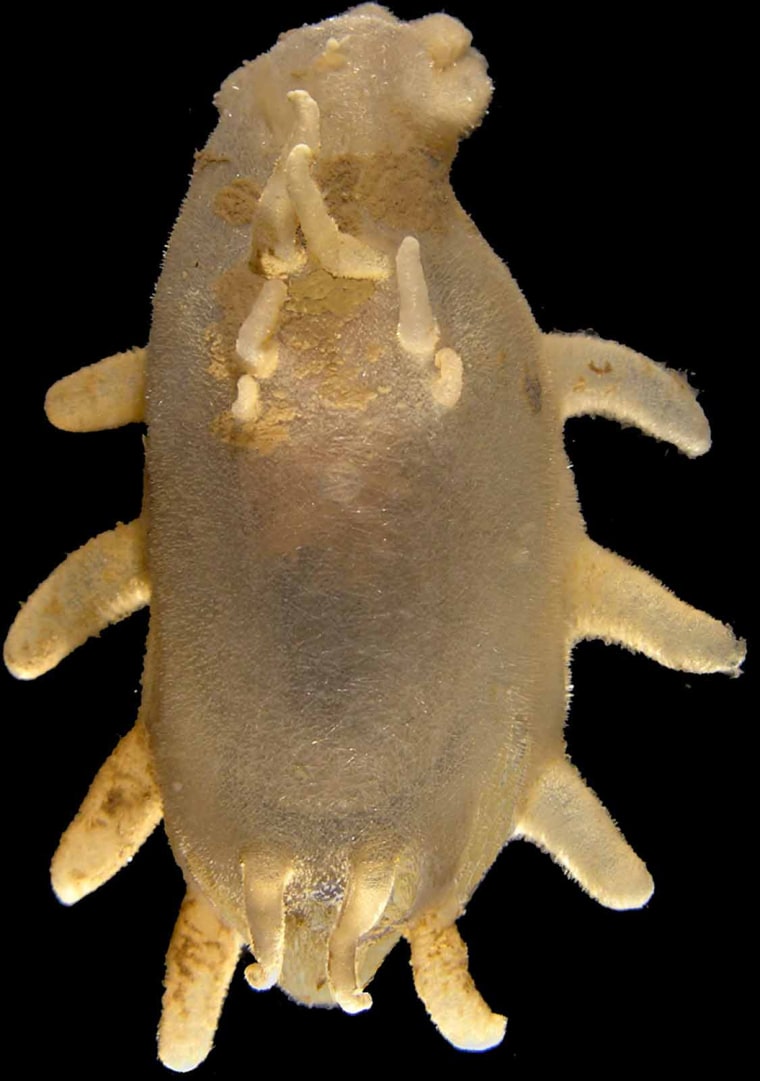IE 11 is not supported. For an optimal experience visit our site on another browser.
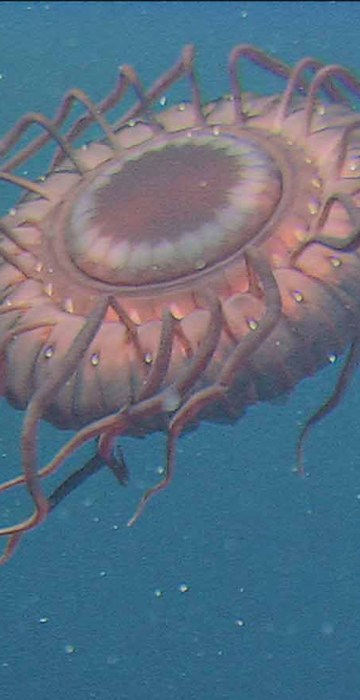
Science News
All creatures under the sea
Get a peek at some of the wonderful and weird species that were spotted during the global Census of Marine Life.
/ 17 PHOTOS

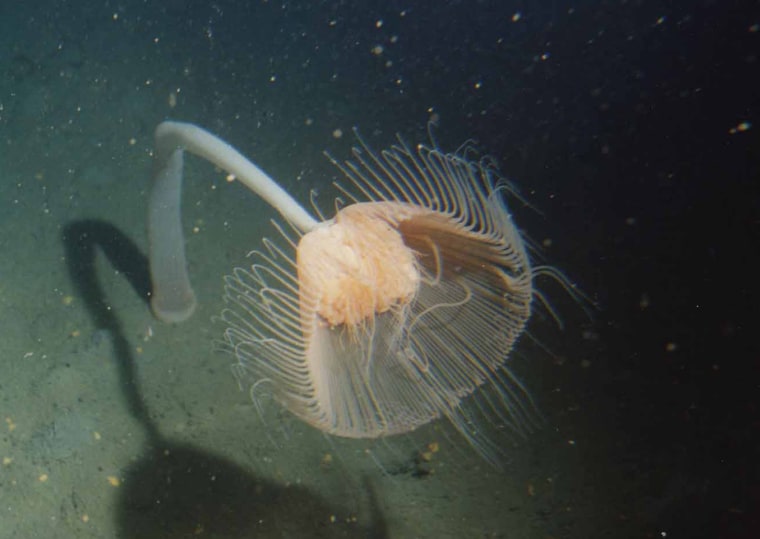
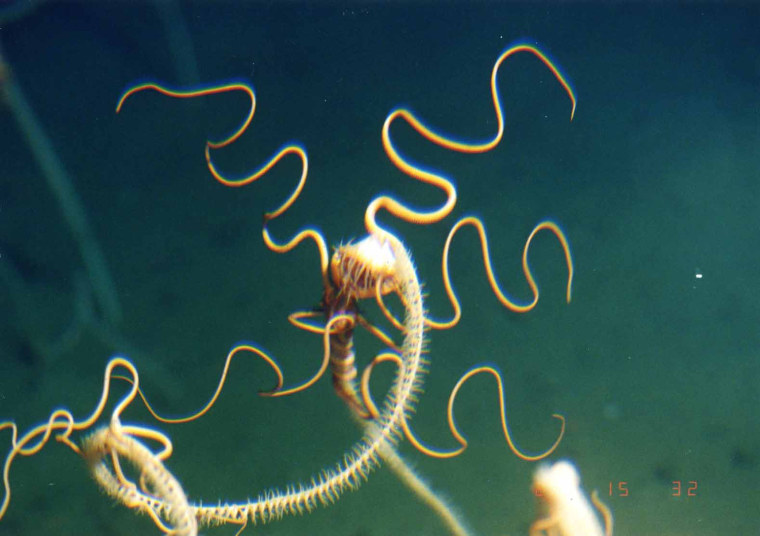
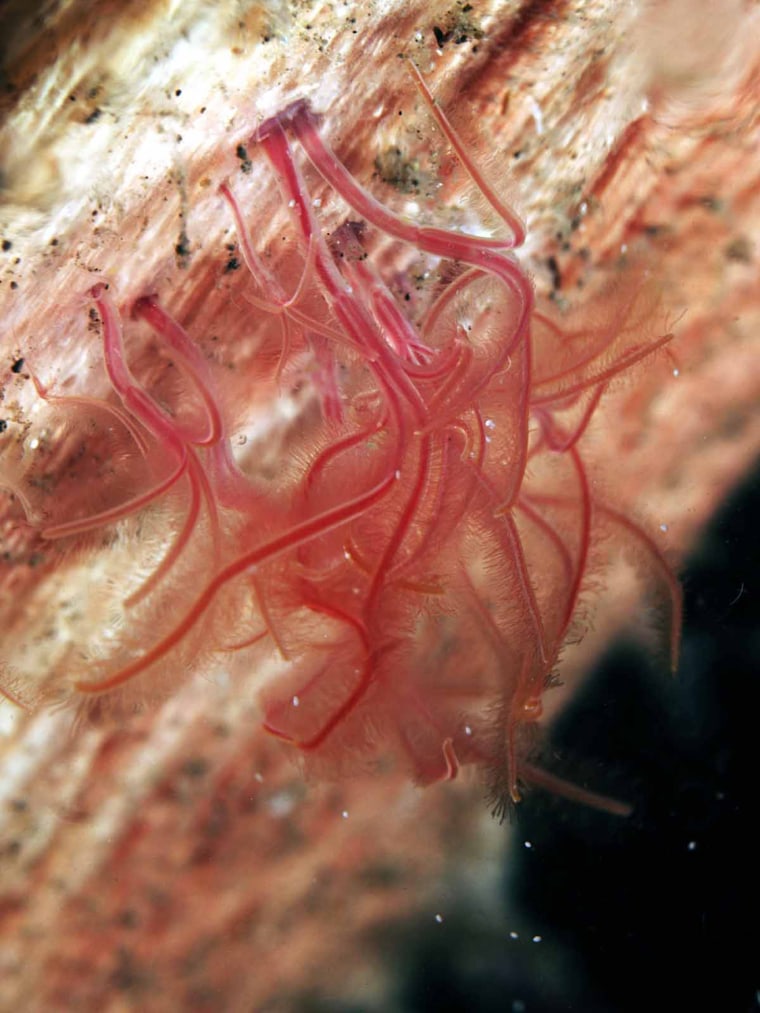
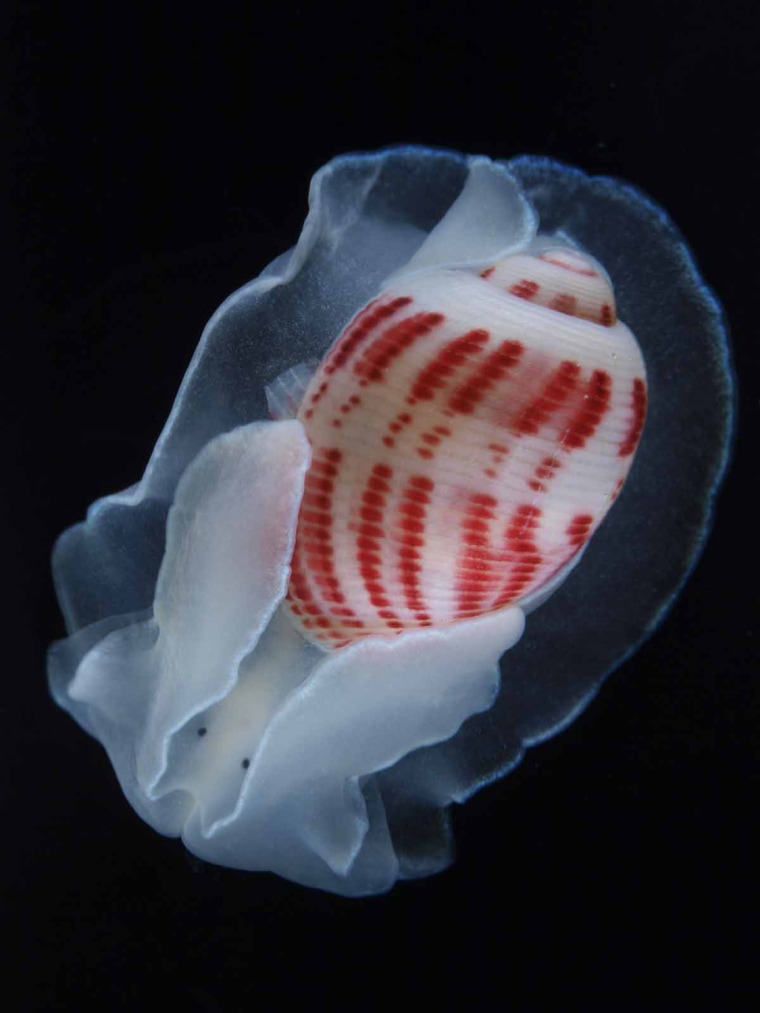
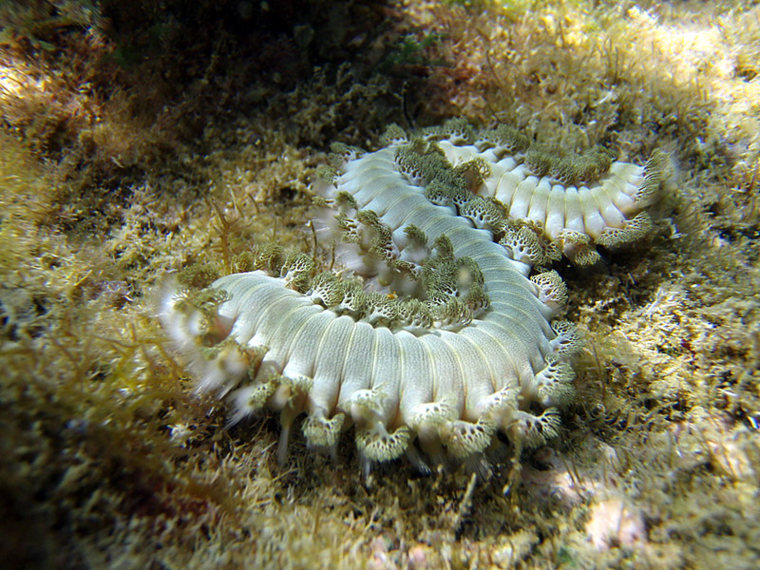
Fire in water
Hermodice carunculata. The bearded fireworm is a type of bristleworm, with groups of white bristles along each side. The bristles are hollow, venom-filled chaeta which easily penetrate the flesh and break off if this worm is handled. They produce an intense burning irritation in the area of contact, hence the common name of the species.
— 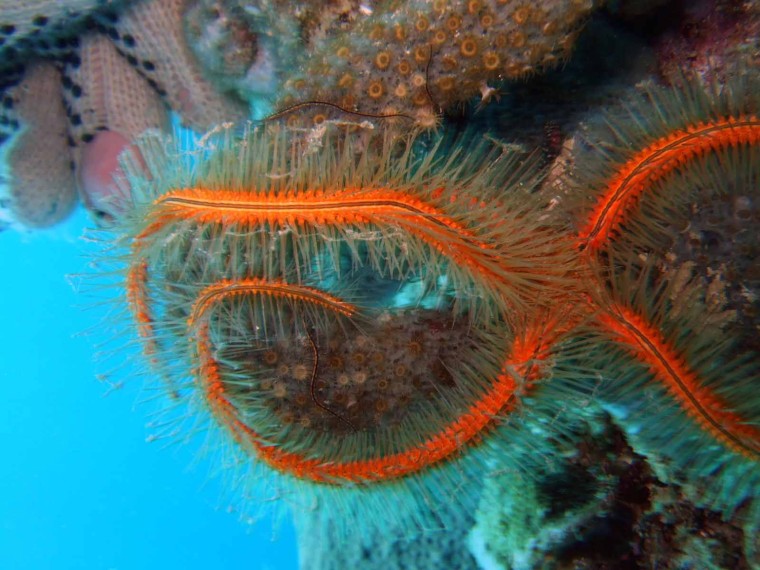
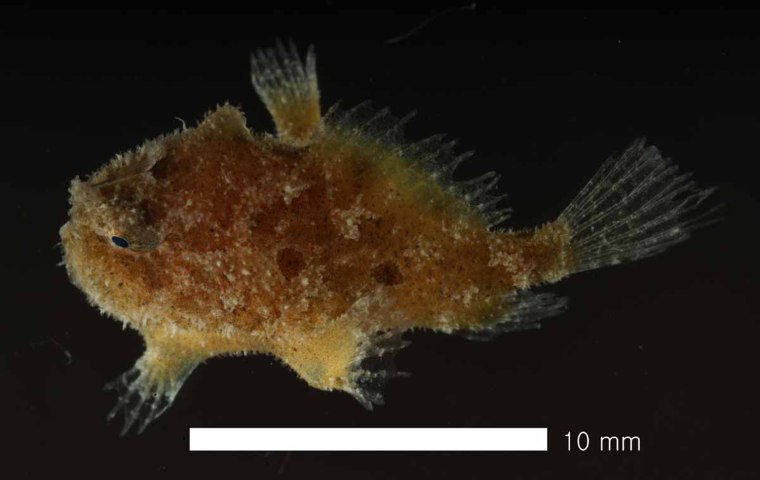
Fish with a lure
The Sargassum Fish (Histrio histrio) is a member of the frogfish family (Antennariidae), a group of small, globular fishes with stalked, grasping, limb-like pectoral fins with small gill openings behind the base, a trapdoor-like mouth high on the head, and a \"fishing lure\" (formed by the first dorsal spine) on the snout. It typically lives in open waters in close association with floating Sargassum Weed (Sargassum natans and S. fluitans), but is frequently blown into nearshore and bay waters during storms. Although the Sargassum Fish is capable of swimming quite rapidly, it often crawls through the Sargassum Weed, using its pectoral fins like arms.
— 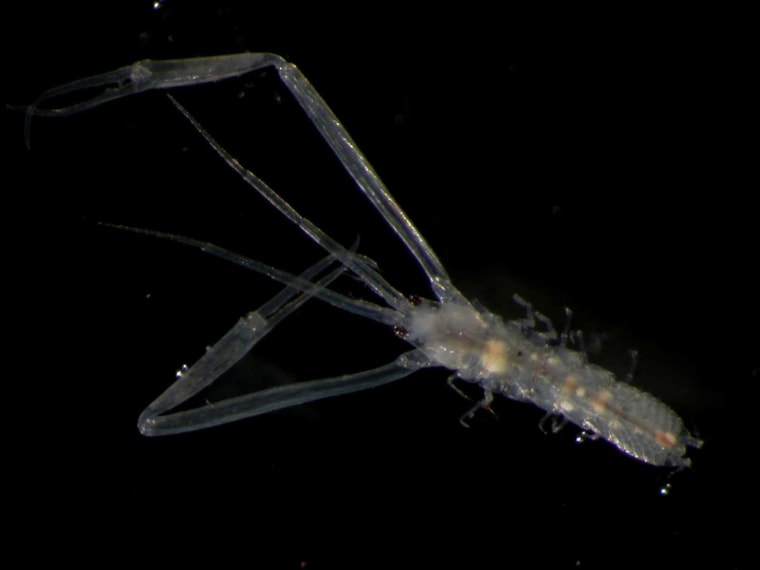
The males of Leptocheliidae are characterized by dimorphic chelipeds, larger than those of the females, in some cases significantly exceeding the body length. While normally held folded, the chelipeds are extended fully-forward during swimming. The extremely slender chelipeds found in the Leptochelia minuta group are unlikely to be capable of any feeding or locomotory function. Collected at Lizard Island and Ningaloo.
— 1/17


